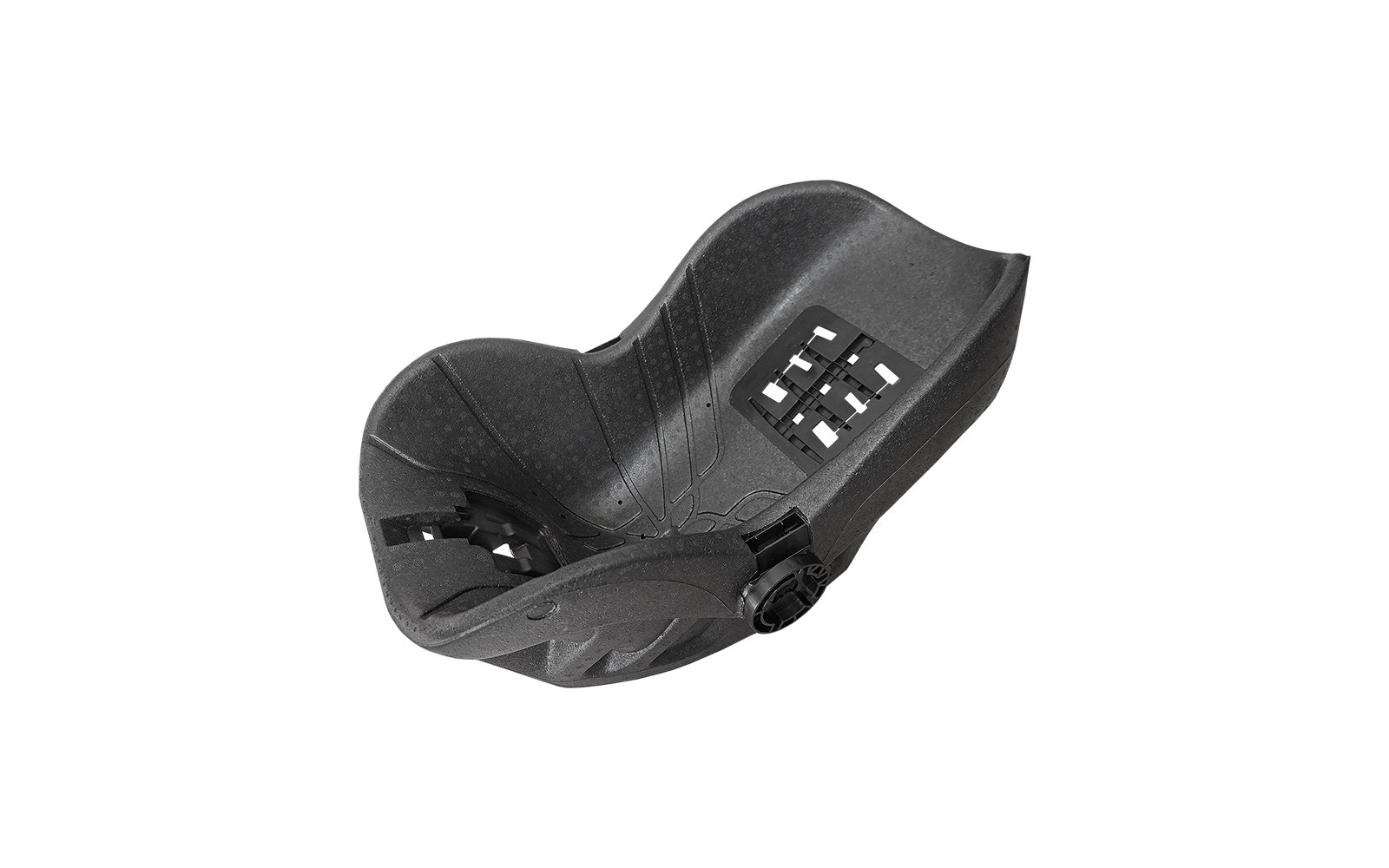Looking at the contemporary passive safety systems of a car and regulations concerning obligatory equipment of a car most of the attention is devoted to front seats. The back seat seems to be less significant from the point of view of safety. However, is it so for sure?
The front seats manufactured today are very complex structures. They feature a large number of adjustable elements, from a reclining backrest to individually adaptable lumbar support cushions. In order the ensure complete safety during an impact in the back of the car they are provided with a WHIPS system (Whiplash Protection System). At the moment of an impact this special backrest frame structure bends backward protecting the spine against injuries. In addition the seats in more luxurious cars offer modern amenities such as a heating system or massaging mats. The back seat seems to act a less important role in the context of safety and comfort. Even though it has to be provided with seat belts, there is no obligation to use head rests now. There are not always airbags in this zone of a car. How are the passengers protected on the back seat then?
The car back seat – passenger safety comes first
Accidents, during which one car hits the back of another car are not that rare. The statistics demonstrate that they constitute one fourth of all road collisions. Moreover, it results from tests that even at low speed of 20 km/h there may occur a serious injury of a cervical section of the spine. Due to this fact it is very important to apply the headrests correctly – not only on the front seat, but on the back seats as well.
Although there is no legal obligation to use the headrests in the back of a car, the cars are most frequently equipped with them. As long as a driver and a front seat occupying person usually have adjusted headrests, the passengers on the back seat do not pay much attention to it. In practice the back seat headrests are usually set in their lowest position. It is due to better visibility of the space behind the rear window of a car or easier folding of the back seats if necessary. It is worth to remember, though, that the persons travelling on the back seat are exposed to larger forces in case of an impact in the back of the car.
Especially when it has no booth or there is a short distance between the booth lid and the back seat. Therefore the seat belts and car seat headrests are the necessity. The construction solutions of the back seat itself also act the important role in the context of safety of travelling in the back of a car. Even though they are not as complex as in the front seats they must be carefully considered and produced from durable materials, for we have to remember that children frequently travel on the back seat.
The car back seat – important construction solutions and materials

As distinct from the front seat, the back seat seems to be a rigid construction. However, also in this case the car manufacturers develop the solutions, which are supposed to ensure comfort and safety for passengers. Apart from the seat belts and headrests the decisive meaning have hardness and relevant shaping of the seat. Moreover, the back seat should be designed in the way to prevent passengers from accidental slipping away from the seat belts (so-called anti-submarine seat).
The currently produced constructions comprise metal strengthening and foam elements that are durably attached to it. The best material that ensures optimal mechanical strength and component flexibility at the same time, is the expanded polypropylene (EPP). The over-moulding technology applied at Knauf Industries allows for making from it strengthened seats within a single process. Pneumatic forming of the expanded polypropylene allows for precise matching of its density.
Thanks to it the expected hardness and other parameters related to e.g. dumping of shocks or noise are obtained. The EPP foam does not fall apart upon an impact or get durably deformed and it is very light at the same time. Thanks to its flexibility it returns easily to its previous shape, which has a tremendous meaning for safety. Large easiness of forming results also in the fact that the elements made form it can have individual shape. An element made in this way can be connected easily with other foam and finishing materials.
A safe place for a child in a car – child safety seats

Most frequently the back seat is used by the youngest users. In the European Union children with height below 150 cm should be seated in special safety seats or in other holding devices. Moreover, since 2006 there is the obligation of using the Isofix system in the back seats. In the contrary to the traditional seat belts this system renders it possible to fix a child safety seat directly to the car structure by using two attachments. Hover, it is frequently pointed out that this does not prevent e.g. swivelling of the chair around the axis. In this respect the basic stabilization is the seat and back rest. Also the Isofix system itself is not a sufficient protection if the child seat is of low quality and construction durability. Also in this scope the expanded polypropylene EPP finds an excellent application and the lightest child safety seat in the World has been produced from it. A durable base of the solution developed by Avionaut brand of Karwala Company comprises the plastic frame sunk in the flexible EPP foam.
As you can see the back seats in the car cabin act a broad range of safety related functions. Even though they do not have that many complex mechanisms as the front seats do, they must be sufficiently durable and provide safety for the youngest passengers. The expanded polypropylene EPP finds a very wide application in this scope.